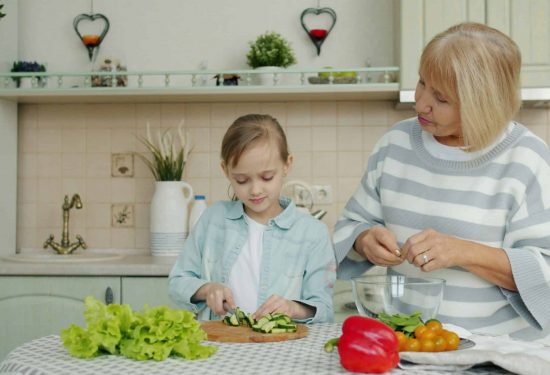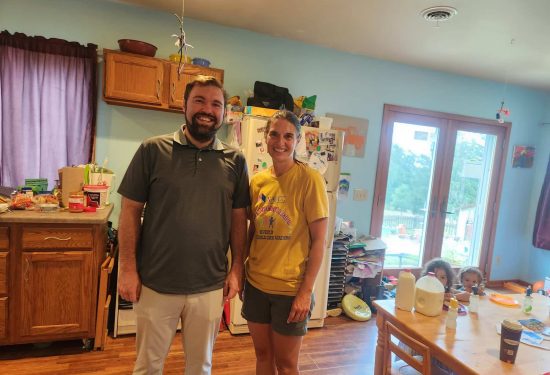COVID-19 Impact
A NAEYC survey reported in April 2020 that 61% of child care programs were completely closed in Georgia. Of providers who are still open, 85% were operating at less than 25% capacity.
Emergency Fund
Quality Care for Children will be able to increase their resources to support family child care providers as part of the PAACT Fund for Quality Stabilization, a city-wide alliance focused on improving outcomes for birth to age five populations in Atlanta. To ensure the network of family child care homes for low-income families have the financial resources they need to weather the crisis and reopen, they are providing 30-40 providers grants of $6,000-$8,000.




